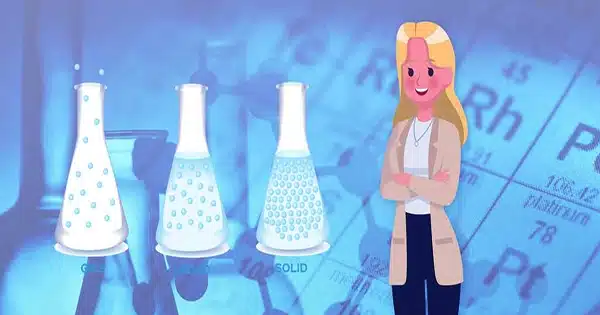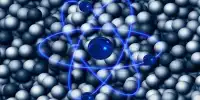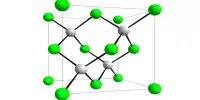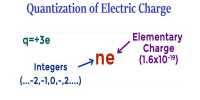Colloidal gels’ soft, solid-like characteristics are critical in industries such as food and medicine, but how these properties show themselves has long been a mystery. It was previously thought that the solid property of gels emerged through glass production.
In a study published recently in Nature Physics, researchers from The University of Tokyo’s Institute of Industrial Science employed a new microscopic technique called in situ confocal microscopy to identify differences in gel and glass formation.
A colloidal liquid is a collection of tiny particles distributed throughout another liquid fluid, such as milk. Understanding how colloidal liquids can transform into gels during phase separation (via a state known as dynamically arrested) is critical for optimizing the design of foods, cosmetics, and biomedical materials. A single-particle-level explanation of the dynamically arrested state, on the other hand, remains elusive.
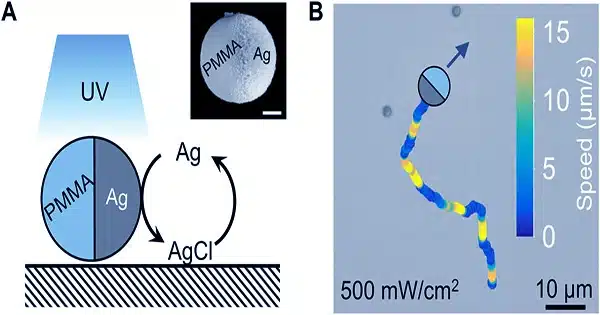
Attempts in this regard have recently focused on a principle known as local amorphous ordering, which refers to the order of arrangement of colloidal liquid constituents. Nonetheless, no experimental method for visualizing such ordering on a single-particle level has been developed in the early stages of colloidal gelation. The researchers aimed to address the problem of providing fundamental scientific insights into the formation of amorphous ordering—and consequently the dynamically arrested state—of colloidal gels.
“A pentagonal bipyramid shape has a symmetry that is incompatible with crystallization, and it may help prevent colloid particles from undergoing the gel-to-crystal transition,” says lead investigator Hideyo Tsurusawa. “We created an in situ confocal microscopy method to test this hypothesis in real-time and real space.”
The researchers present findings from dilute colloidal gels containing “sticky” spherical particles that interacted in a short-range, directionless, appealing manner. They discovered that varied local particle configurations influenced the characteristics of the gel in a unique way. Tetrahedra, in particular, halt local particle motion, 3-tetrahedra obstruct crystallization, and pentagonal bipyramid clusters provide stability. According to the researchers, producing a gel requires limiting the local potential energy, whereas forming a glass requires minimizing the free energy (entropy).
“The unique feature characterizing the formation of a dilute gel is a sequential hierarchical ordering from tetrahedra to pentagonal bipyramids and their clusters,” explains senior scientist Hajime Tanaka. “This is absent in glass formation.”
Unlike the earlier glass-based explanation, this work presented a unique mechanism based on sequential amorphous ordering for the dynamical arrest of colloidal gels by directly accessing the gel formation process at a single-particle level. This research has practical significance for optimizing colloidal gel materials with desirable mechanical properties, such as in food and medicinal applications.
